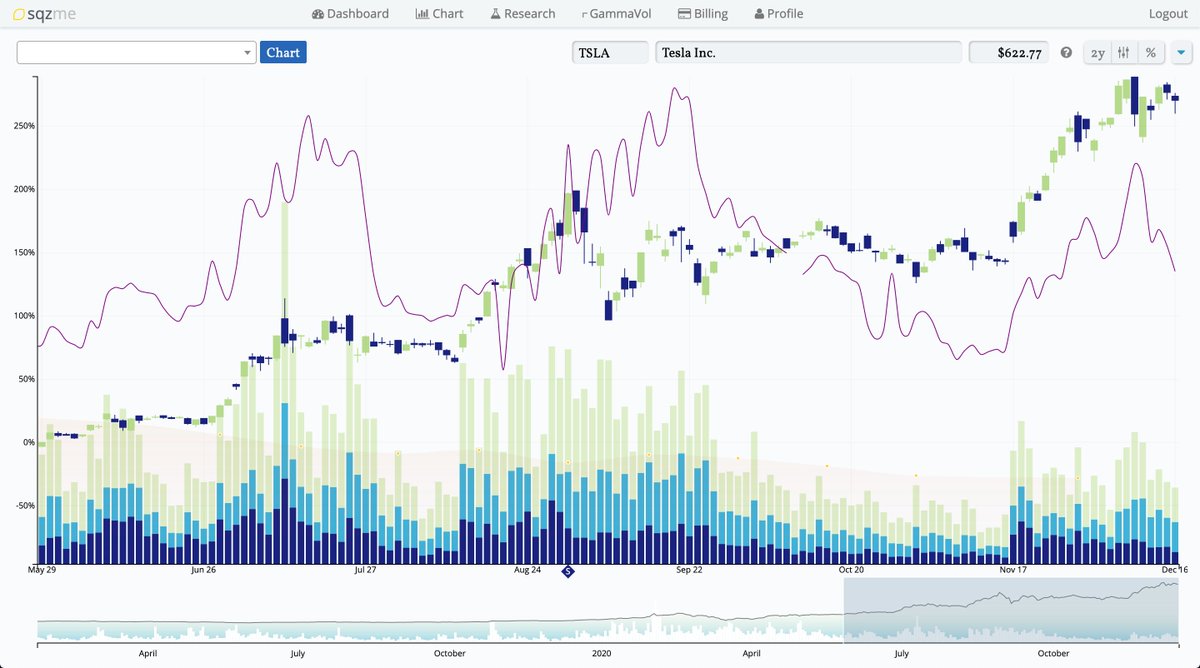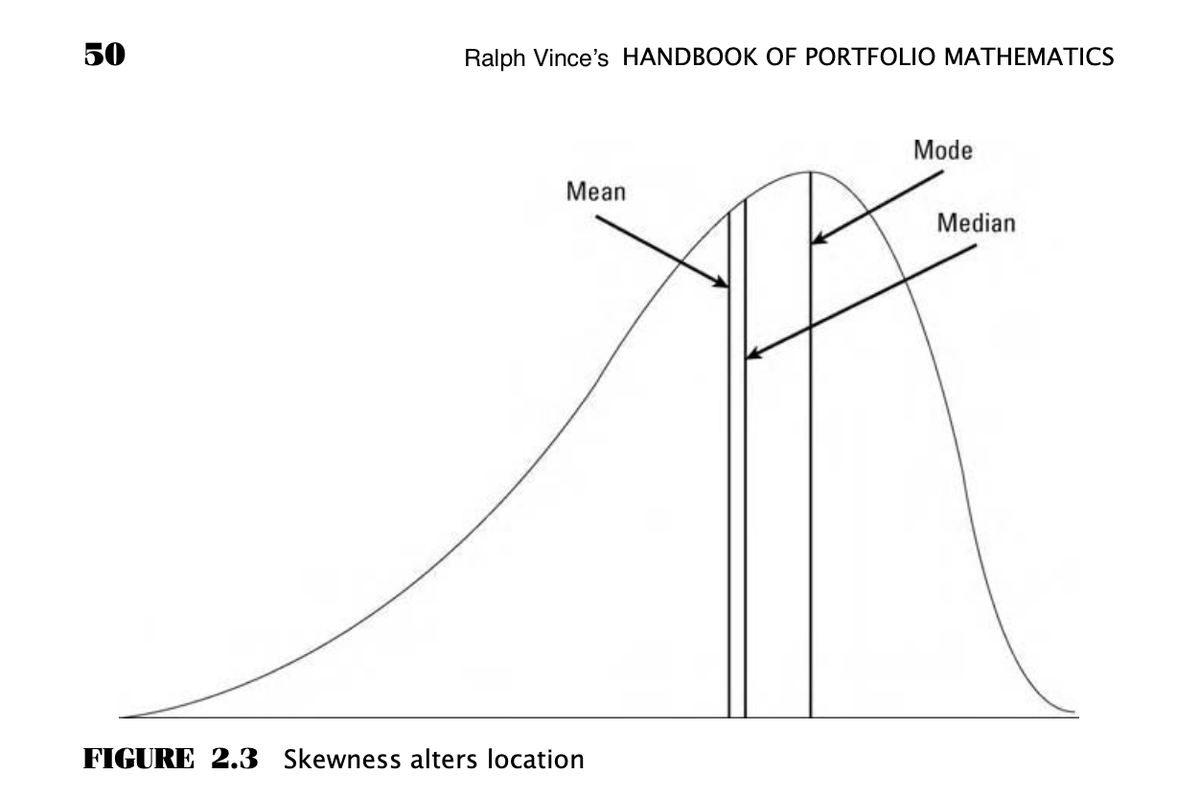
How S&P inclusion bursts the Tesla bubble:
Ever since June (at $200/share), Tesla stock has been driven by a perpetual motion machine of hype and call option flows -- nothing more. And everyone knows it.
Here's what not everyone knows:
Ever since June (at $200/share), Tesla stock has been driven by a perpetual motion machine of hype and call option flows -- nothing more. And everyone knows it.
Here's what not everyone knows:
When a stock joins the S&P 500, it becomes part of a massive volatility complex, which is a terrifying web of arbitrage and pseudo-arbitrage relationships. Tesla will join the index as a top-ten component of a cap-weighted index. It's big.
Its bigness will allow all manner of dispersion, relative value, and market-making traders to begin relying on Tesla's newfound correlation to the index. This will invariably cause arbitrageurs to buy SPX options/vol and sell TSLA options/vol to "close the spread."
Since Tesla stock is driven by the returns on call options, it is a slave to "vanna": the relationship between option prices (implied volatility) and delta (stock exposure).
In other words, since June, $TSLA goes up only when implied volatility (IV) goes up (purple line is IV).
In other words, since June, $TSLA goes up only when implied volatility (IV) goes up (purple line is IV).

When Tesla joins the index, these historic call option flows and the hype machine behind them will hit the big red fire truck that is the S&P, at 500mph
Implied volatility will be unable to rise. Call options will bleed value. New flows will be absorbed by real traders.
Implied volatility will be unable to rise. Call options will bleed value. New flows will be absorbed by real traders.
With the call option hype trade hampered, the stock will have no possibility of further returns -- a deliciously ironic end to the ugliest of @RobinhoodApp's many ugly children.
And an appropriately ironic fate for Tesla -- a victim of its own "success."
Enjoy!
And an appropriately ironic fate for Tesla -- a victim of its own "success."
Enjoy!
• • •
Missing some Tweet in this thread? You can try to
force a refresh






